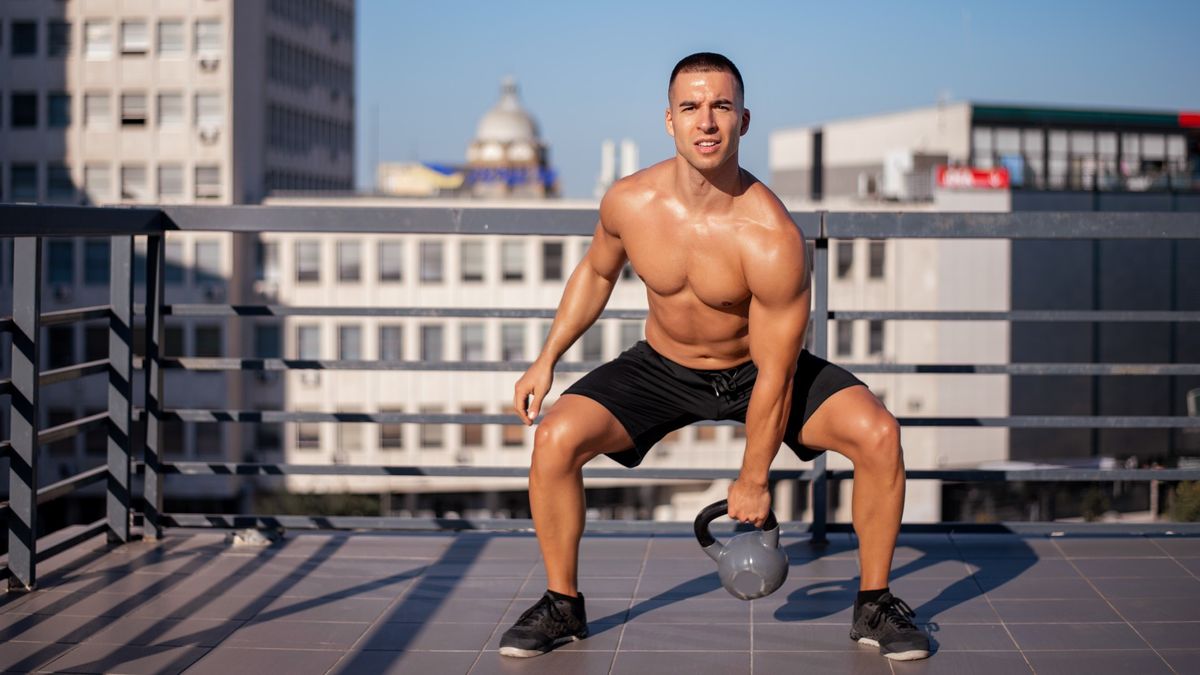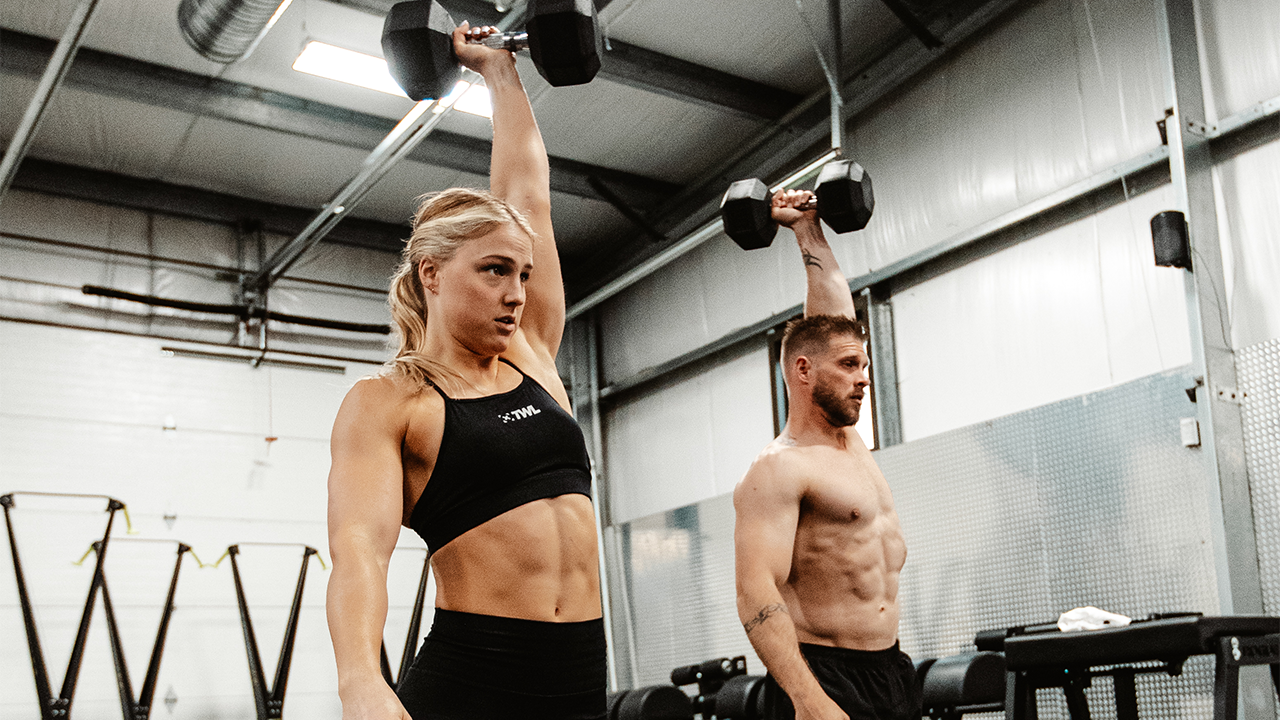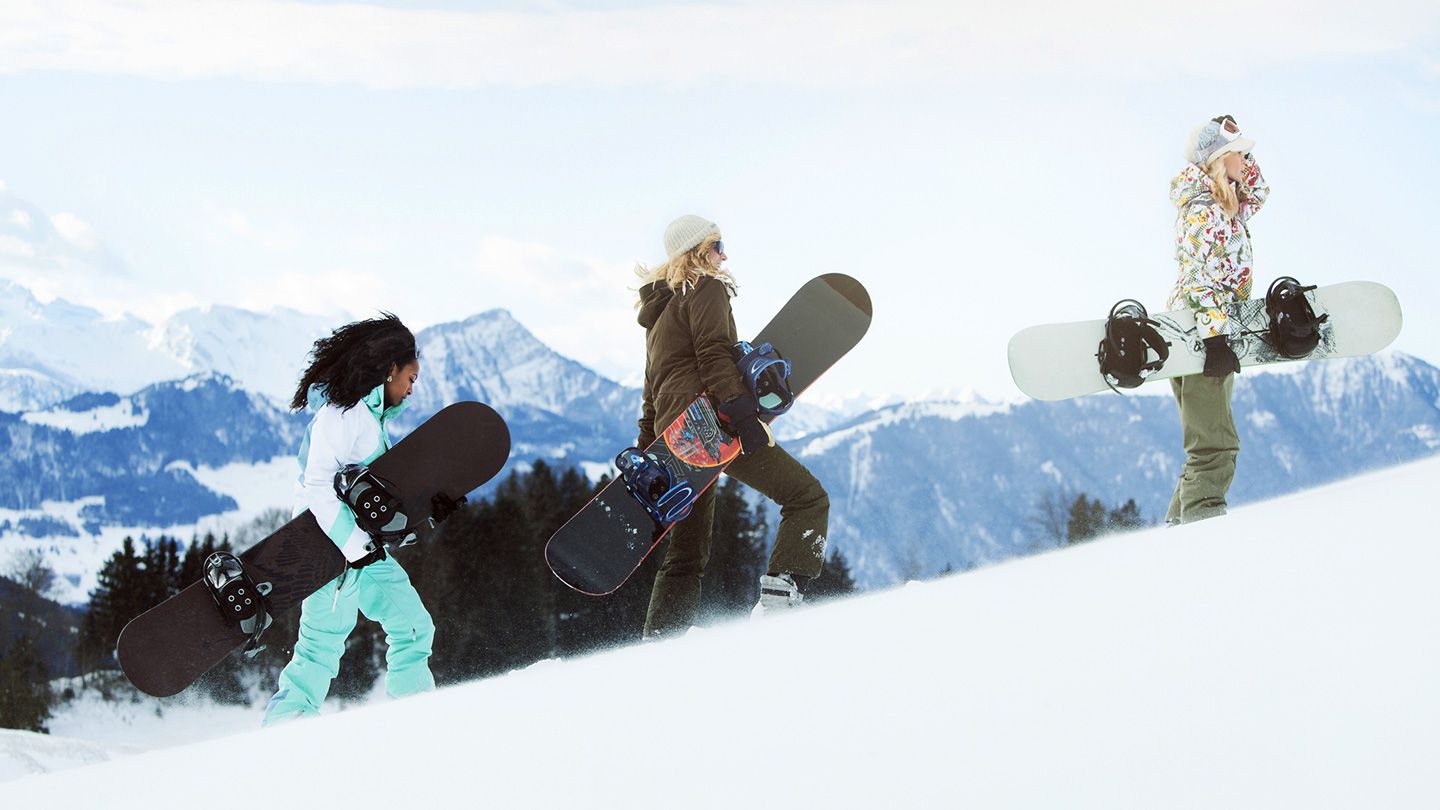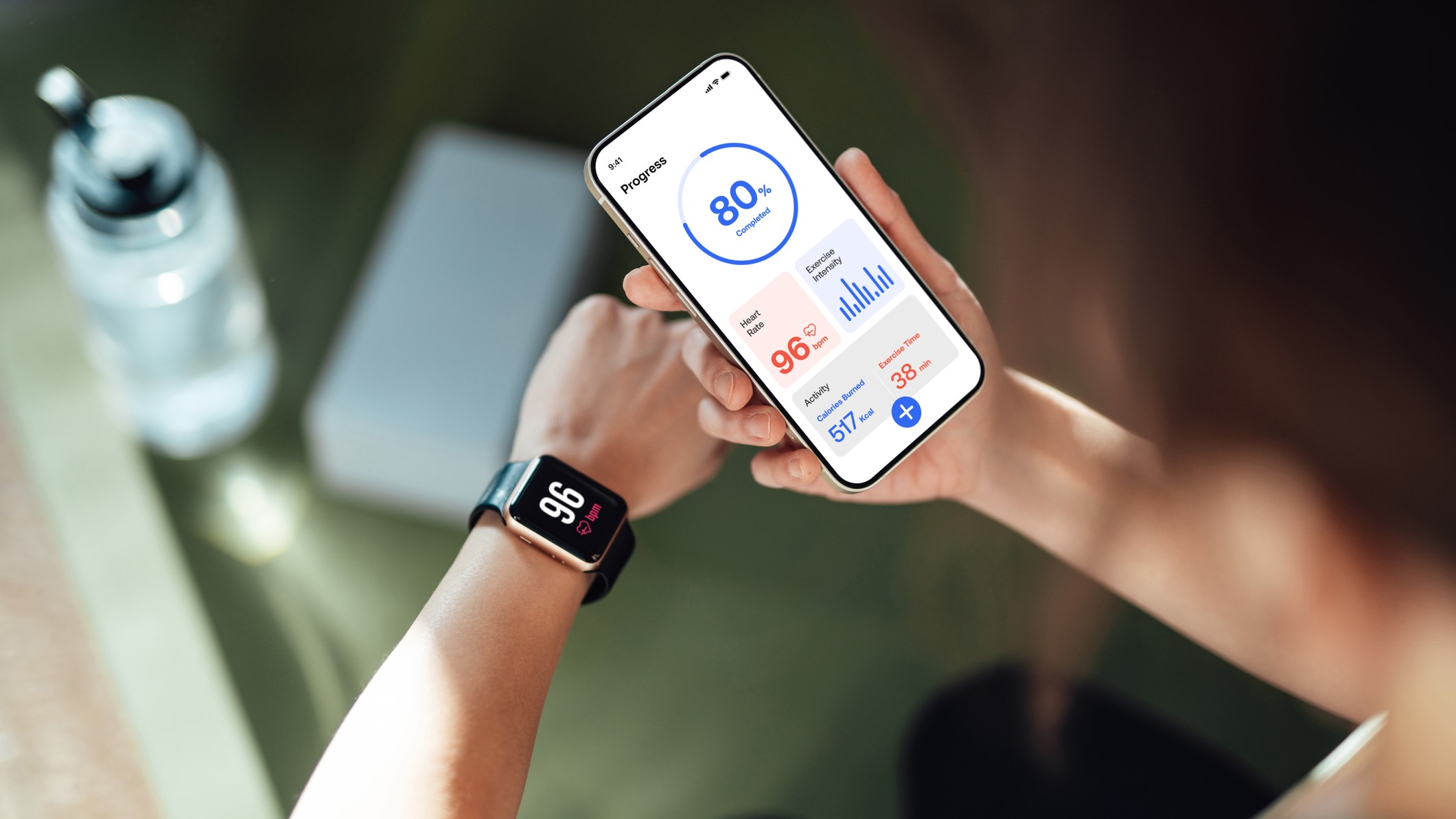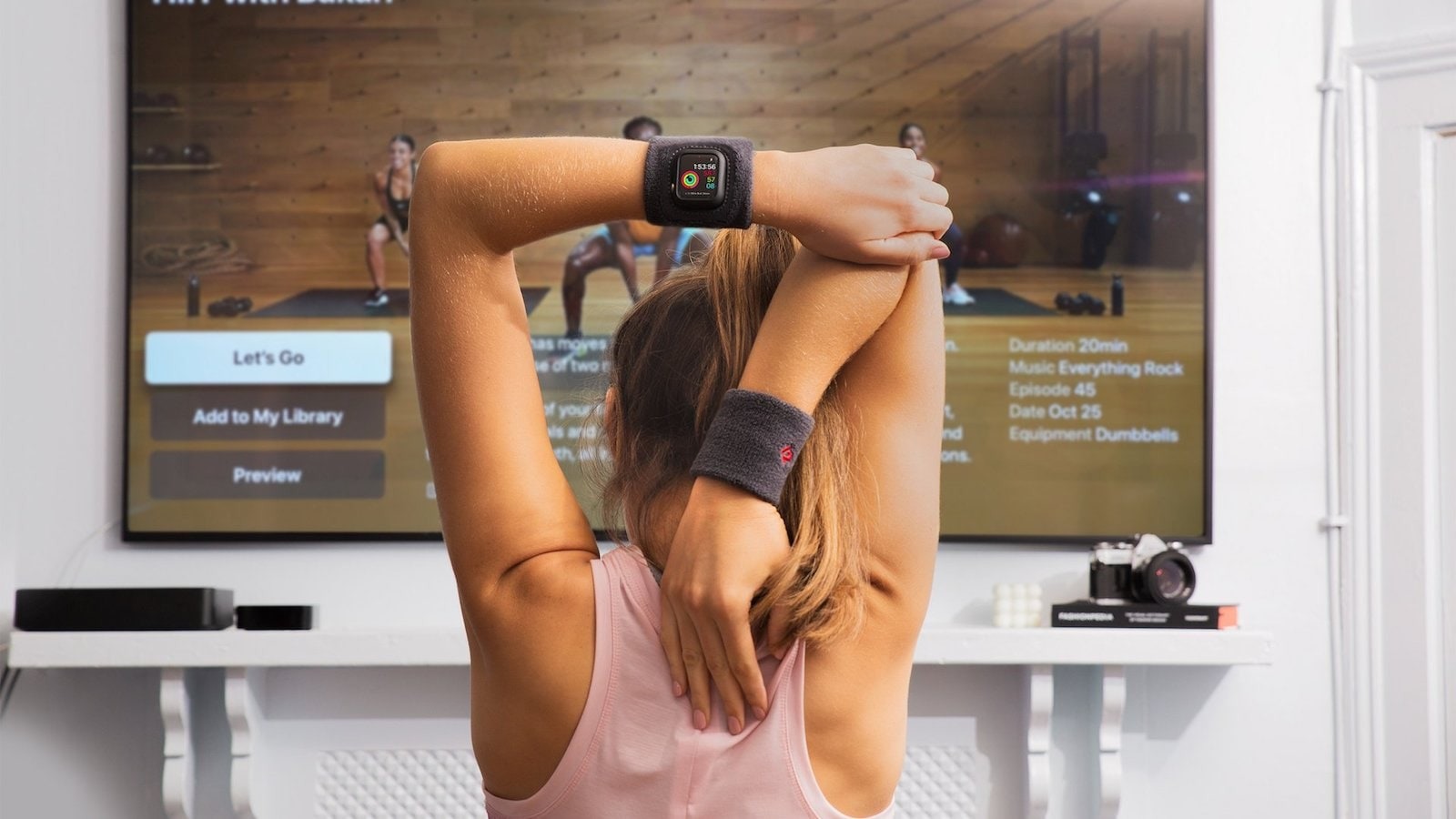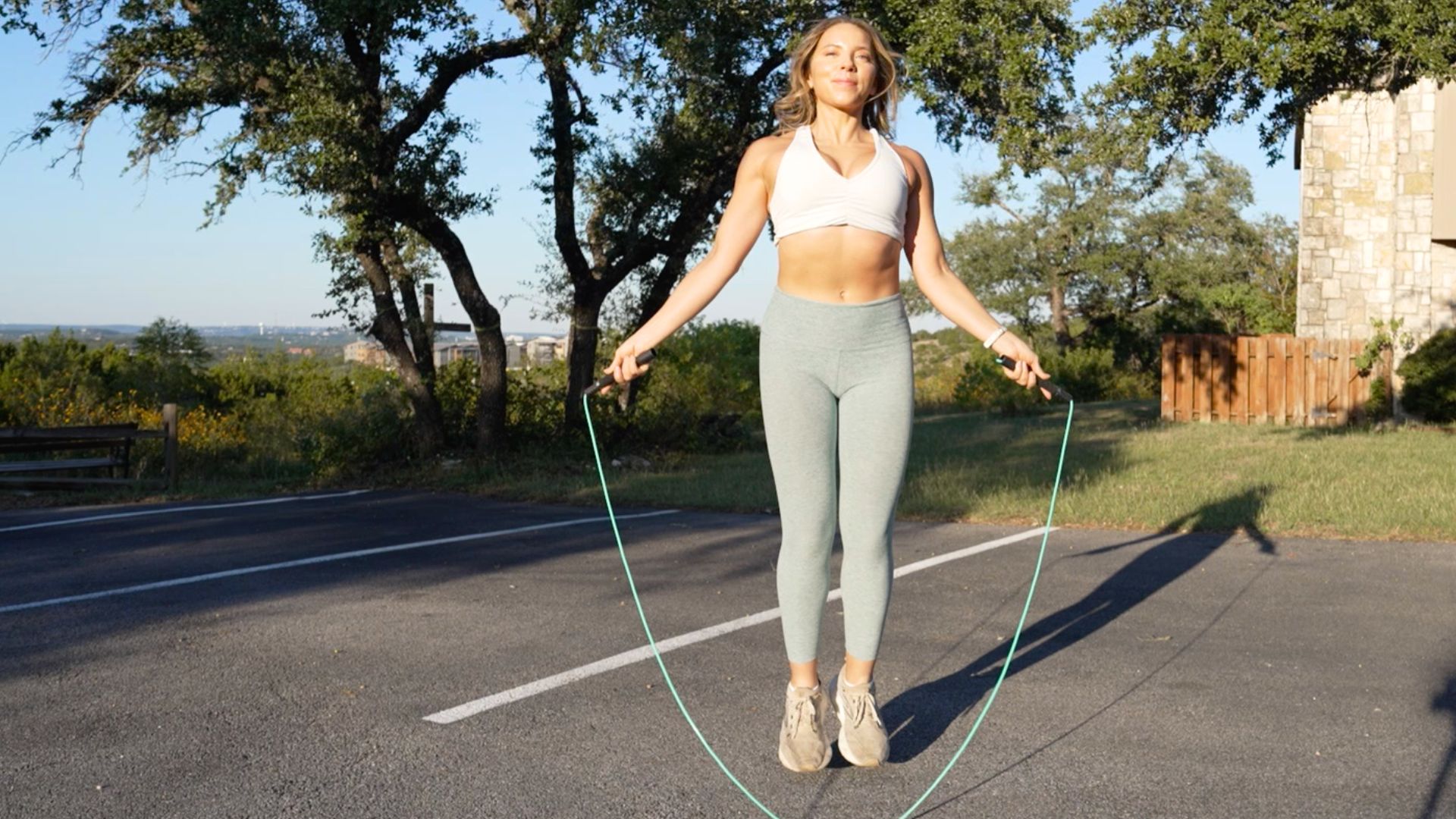Kettlebell workouts are an effective way to build strength and endurance while working out at home. Choosing the right kettlebell can elevate your training experience and help you achieve your fitness goals efficiently. Whether you are a beginner or a seasoned athlete, understanding the best gear for your home gym is essential for getting the most out of your workouts.
Incorporating kettlebells into your routine allows you to perform a variety of exercises that engage multiple muscle groups. By selecting the right kettlebell weight and mastering fundamental movements, you can maximize the effectiveness of your training. Setting up your workout space effectively can also enhance your results and motivate you to stay on track.
With the right knowledge and equipment, at-home kettlebell workouts can provide a comprehensive strength-training option that fits your lifestyle. As you explore the different types of kettlebells and exercises available, you will discover how this versatile tool can transform your fitness journey.
Key Takeaways
- Selecting the right kettlebell is crucial for effective home workouts.
- Master essential kettlebell exercises for building strength and endurance.
- Organize your workout space to maximize training efficiency.
Choosing the Right Kettlebell for Your Home Gym
Selecting the right kettlebell is crucial for effective workouts at home. You’ll want to consider the types of kettlebells available, the weight and size that suit your fitness level, the materials used for durability, and whether an adjustable kettlebell meets your needs.
Types of Kettlebells
There are several types of kettlebells to consider for your home gym. The cast iron kettlebell is the most common and offers a solid weight choice for various exercises. Competition kettlebells are uniform in size regardless of weight, making them ideal for specific movements and competitions. You might also find rubber-coated kettlebells, which are designed to protect your floor and minimize noise during workouts.
If you value aesthetics alongside function, look for color-coded options that help in quickly identifying weights. This feature is particularly useful in a kettlebell set and can enhance your training experience.
Kettlebell Weight and Size Considerations
Choosing the right weight is essential for safety and effectiveness. For men, about 40 lbs is a suitable starting weight for most basic workouts. Women may find 25 lbs to be appropriate for similar exercises.
As you progress, you might want to increase the weight, so consider what weights will support your strength journey. If space is a concern, investing in a kettlebell set with incremental weights can be a smart choice. Remember, selecting a suitable weight helps improve form and technique, which is critical in shoulder, back, and leg exercises.
Material and Coating for Durability and Comfort
The materials and coating of kettlebells significantly affect their durability and comfort. Cast iron is the traditional choice, known for its strength but it can be rough on your hands. A powder-coated finish offers better grip and minimizes slippage during use.
For a softer touch, consider kettlebells with vinyl or rubber coatings. These options can protect both the kettlebell and your flooring. A good coating will also resist chips and scratches, enhancing the kettlebell’s lifespan.
Adjustable Kettlebells Versus Standard Kettlebells
When deciding between adjustable kettlebells and standard ones, think about your workout goals and space. Adjustable kettlebells allow you to change the weight easily, making them versatile. They are ideal for those who have limited space or who are just starting.
On the other hand, standard kettlebells offer a simpler, often more durable option. They are less likely to malfunction and provide a consistent feel during workouts. If you prefer a straightforward approach, a standard cast iron kettlebell or a rubber-coated model can be a reliable choice.
Essential Kettlebell Exercises for Building Strength and Endurance
Incorporating kettlebell exercises into your routine is an effective way to enhance both strength and endurance. Key movements focus on developing power, improving balance, and increasing coordination.
Mastering the Kettlebell Swing
The kettlebell swing is fundamental for building strength and endurance. This exercise targets your hips, glutes, and core. Start with your feet shoulder-width apart, holding the kettlebell with both hands. Bend your knees slightly and hinge at the hips to swing the kettlebell back between your legs.
Then, thrust your hips forward to swing the kettlebell to shoulder height. Maintain a neutral spine and engage your core throughout the movement. To achieve maximum benefits, aim for higher repetitions. This will also improve your cardiovascular endurance as you keep your heart rate elevated.
Enhancing Power with Kettlebell Snatch and Clean
The kettlebell snatch and clean are both dynamic exercises that boost your explosive power. For the snatch, begin with the kettlebell on the ground between your feet. Bend your knees and hinge at the hips to grip the kettlebell, swinging it back before pushing it overhead in one fluid motion.
The clean starts similarly but finishes with the kettlebell resting against your forearm, allowing for a quick reset between reps. Both exercises require coordination and balance, making them excellent for full-body conditioning. Practice these movements to build strength in your upper body while enhancing endurance.
Full Body Workouts Through Turkish Get-ups and Goblet Squats
Turkish get-ups are excellent for joint mobility and overall strength. Start lying on your back with one kettlebell held above you in one hand. Slowly rise to a standing position, using your free hand and legs to support your body. This exercise engages your entire body, especially your core.
Goblet squats also offer full-body benefits. Hold a kettlebell close to your chest with both hands. Squat down, keeping your elbows inside your knees. This movement will strengthen your legs, hips, and core. Both exercises will challenge your endurance, making them ideal for a comprehensive home workout routine.
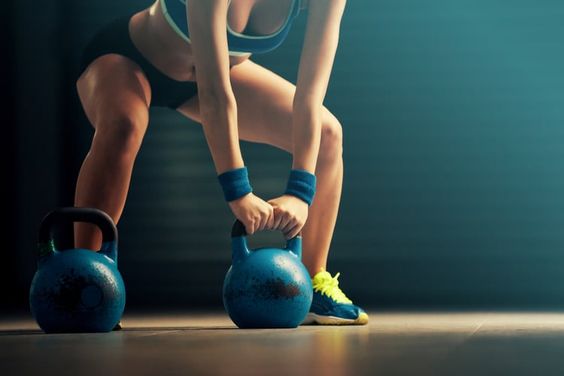
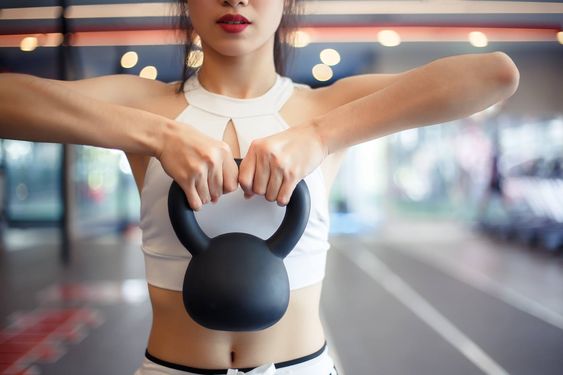
Maximizing Home Training: Setting Up Your Space and Routine
Creating an efficient home training space and establishing a workout routine can boost your results. Focus on optimizing both elements to enhance your kettlebell workouts and overall fitness experience.
Creating an Effective Training Space
Your training space should be inviting and functional. Choose an area with enough room for movement and storage for your equipment. A space of at least 10×10 feet is ideal for kettlebell workouts.
Make sure the flooring is suitable. Consider rubber mats or hardwood floors that can handle the weight of kettlebells. These surfaces provide stability and reduce noise.
Organize your gear. Use shelves or storage bins for easy access to your kettlebells, resistance bands, or other equipment.
Finally, ensure proper lighting and ventilation in your space to make workouts enjoyable and safe.
Integrating Kettlebells into Your Workout Routine
When creating a workout routine, incorporate kettlebells effectively. Start by focusing on key movements like swings, squats, and presses. Aim for 20-30 minutes of kettlebell exercises three to four times a week.
Use the CrossFit 21-15-9 rep scheme for variety. This means you perform 21 reps of each exercise, 15 reps, then 9 reps.
Balance your kettlebell workouts with rest days or light cardio sessions to allow for recovery. Tracking your progress is also vital; consider recording your sets and weights to stay motivated.
Balancing Kettlebell Workouts with Other Fitness Equipment
Kettlebells are great, but combining them with other fitness equipment can enhance your training. Use resistance bands for warm-ups and mobility work. They are versatile and good for strength and conditioning exercises.
Incorporate dumbbells into your routine for exercises that target different muscle groups, promoting balanced strength development. For example, you can pair kettlebell swings with dumbbell rows for a full-body workout.
Setting up a schedule that alternates between kettlebells and other equipment will keep your routine engaging and effective. Aim for a mix of 50% kettlebell workouts and 50% exercises with other gear to maintain a comprehensive fitness program.
Frequently Asked Questions
Kettlebell training can be simple and effective at home. Here are some common questions that can help guide your kettlebell workouts.
What essential gear is needed for kettlebell training at home?
You need a good quality kettlebell that fits your fitness level. A mat can provide comfort during floor exercises. Wear supportive shoes to protect your feet and ensure stability while lifting.
How can beginners effectively incorporate kettlebells into their workout routine?
Start with basic movements like swings and goblet squats. Aim for two to four sessions per week. Focus on proper form to avoid injury and gradually increase the weight as you gain strength.
What are the best kettlebell exercises for female beginners?
Exercises like the kettlebell deadlift, swings, and lunges are great for beginners. These moves build strength and improve balance. You can also try the kettlebell press for upper body strength.
Can a full-body workout be achieved solely with kettlebells?
Yes, you can work all major muscle groups with kettlebells. Exercises like the swing, snatch, and Turkish get-up engage multiple muscles. This makes kettlebells a versatile and efficient option for full-body workouts.
What’s the most efficient kettlebell exercise for overall fitness?
The kettlebell swing is highly effective for overall fitness. It improves strength, endurance, and cardiovascular health. This exercise engages your core and works both the upper and lower body.
How long should a kettlebell workout be to see effective results?
Aim for 20 to 30 minutes per session, focusing on intensity rather than duration. Short, high-intensity workouts can deliver results. As you progress, you can increase the duration and intensity of your sessions.
